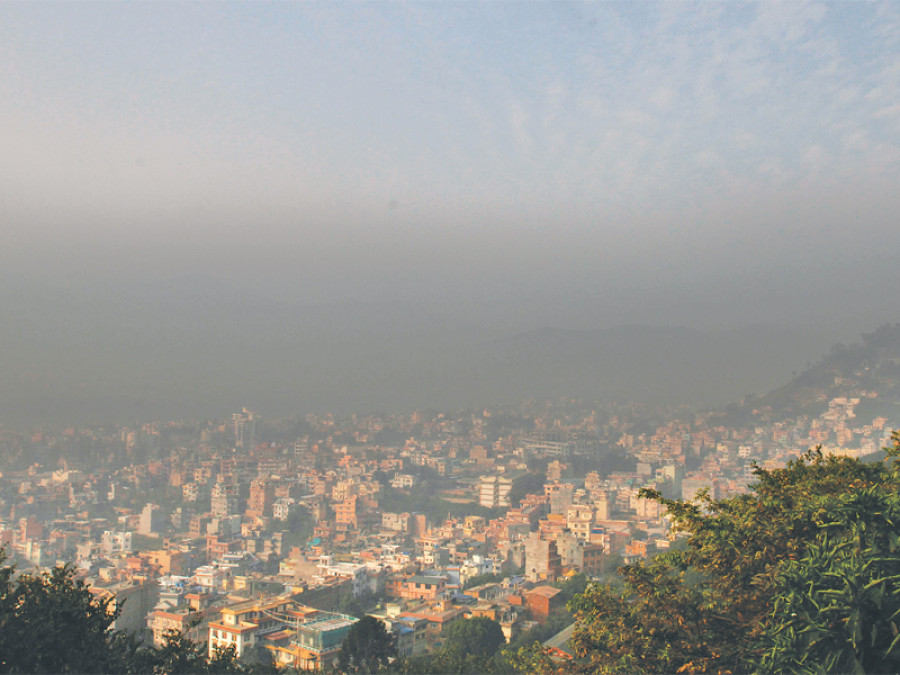Miscellaneous
Under the smog
Kathmandu, Nepal’s Capital, is also, arguably, its most polluted city. The 2014 Yale Environmental Performing Index ranked Nepal’s (read Kathmandu’s) air quality to be one of the worst in the world—second only to Bangladesh’s. The index found Nepal’s average concentration of particulate matter, the minute airborne solid particles that result in air pollution, to be over 500 micrograms per cubic metre—an alarming level, given that it is 20 times higher than World Health Organisation’s (WHO) safe upper limit.
Kathmandu, Nepal’s Capital, is also, arguably, its most polluted city. The 2014 Yale Environmental Performing Index ranked Nepal’s (read Kathmandu’s) air quality to be one of the worst in the world—second only to Bangladesh’s. The index found Nepal’s average concentration of particulate matter, the minute airborne solid particles that result in air pollution, to be over 500 micrograms per cubic metre—an alarming level, given that it is 20 times higher than World Health Organisation’s (WHO) safe upper limit.
According to a study conducted by the International Centre for Integrated Mountain Development (ICIMOD), vehicular concentration—compounded by poor management—is the main reason behind Kathmandu’s dangerous air quality. There are more than a million vehicles that ply in Kathmandu Valley alone. About 38 percent to the city’s air pollution is attributed to its manifold two and four-wheelers.
During winters, the concentration of particulate matter sees a marked spike, and Kathmandu’s air quality become akin to other larger polluted cities of the world. A 2009 joint report published by Nepal Health Research Council and WHO estimated that 1,926 premature deaths in Kathmandu every year, can be attributed to its air quality. Ailments like asthma and bronchitis continue to plague the denizens.
In the immediacy of the unofficial blockade, Kathmandu’s vehicular traffic saw a sharp decline, giving its residents a glimpse of what the city with better regulations to control air pollution would look like. It was, however, short lived. With the thriving petroleum black market, traffic in the capital has returned to its normal concentration, and as has its air quality. For now, Kathmandu’s air pollution problem, just like its heavy winter smog, has no visible end in sight.




 8.12°C Kathmandu
8.12°C Kathmandu









